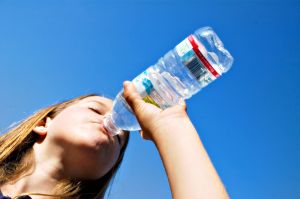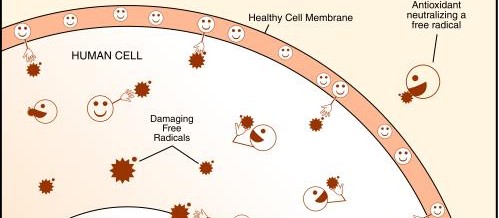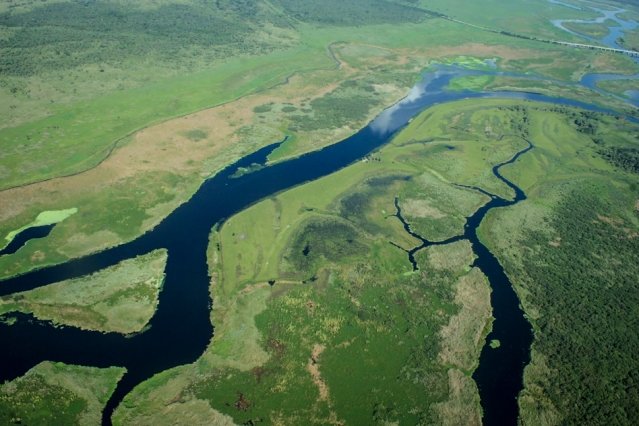Currently, if you want to check water supplies for the presence of toxic bacteria, you have to take a water sample and then culture it in a lab over several days. In the meantime, it’s impossible to say if the water source is safe to use. A group of students from the Technical University of Denmark, however, have created a sensor that they say can detect bacteria in water instantly, on the spot.
 Developed through spin-off company SBT Aqua, the sensor utilizes a technique known as impedance flow cytometry.
Developed through spin-off company SBT Aqua, the sensor utilizes a technique known as impedance flow cytometry.
This involves running a liquid sample continuously through a microfluidic channel. Within that channel is a series of electrodes, to which a multi-voltage electrical signal is applied. As bacteria and other particles flow across those electrodes, they cause a change in impedance, which is detected by the sensor. Read more











